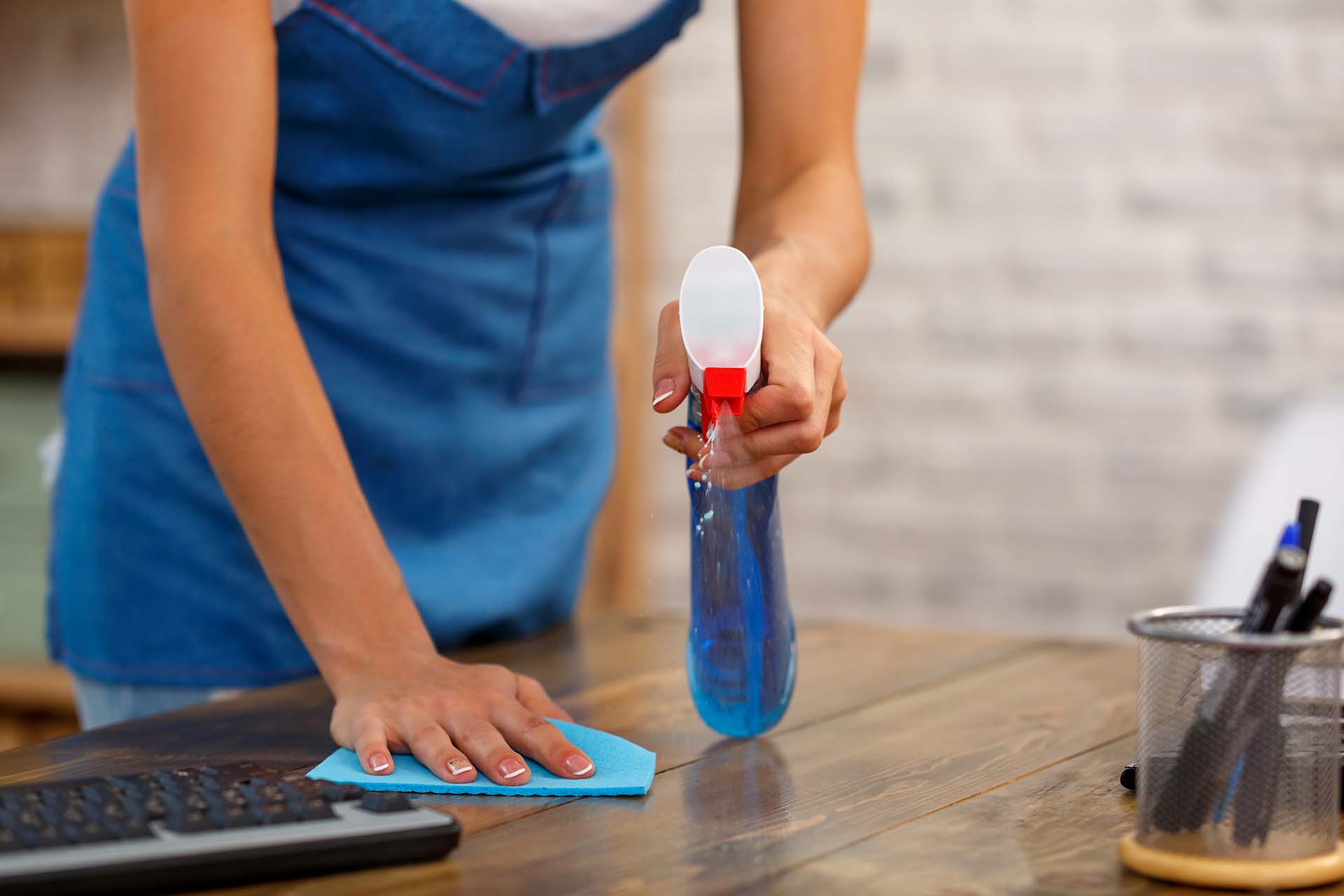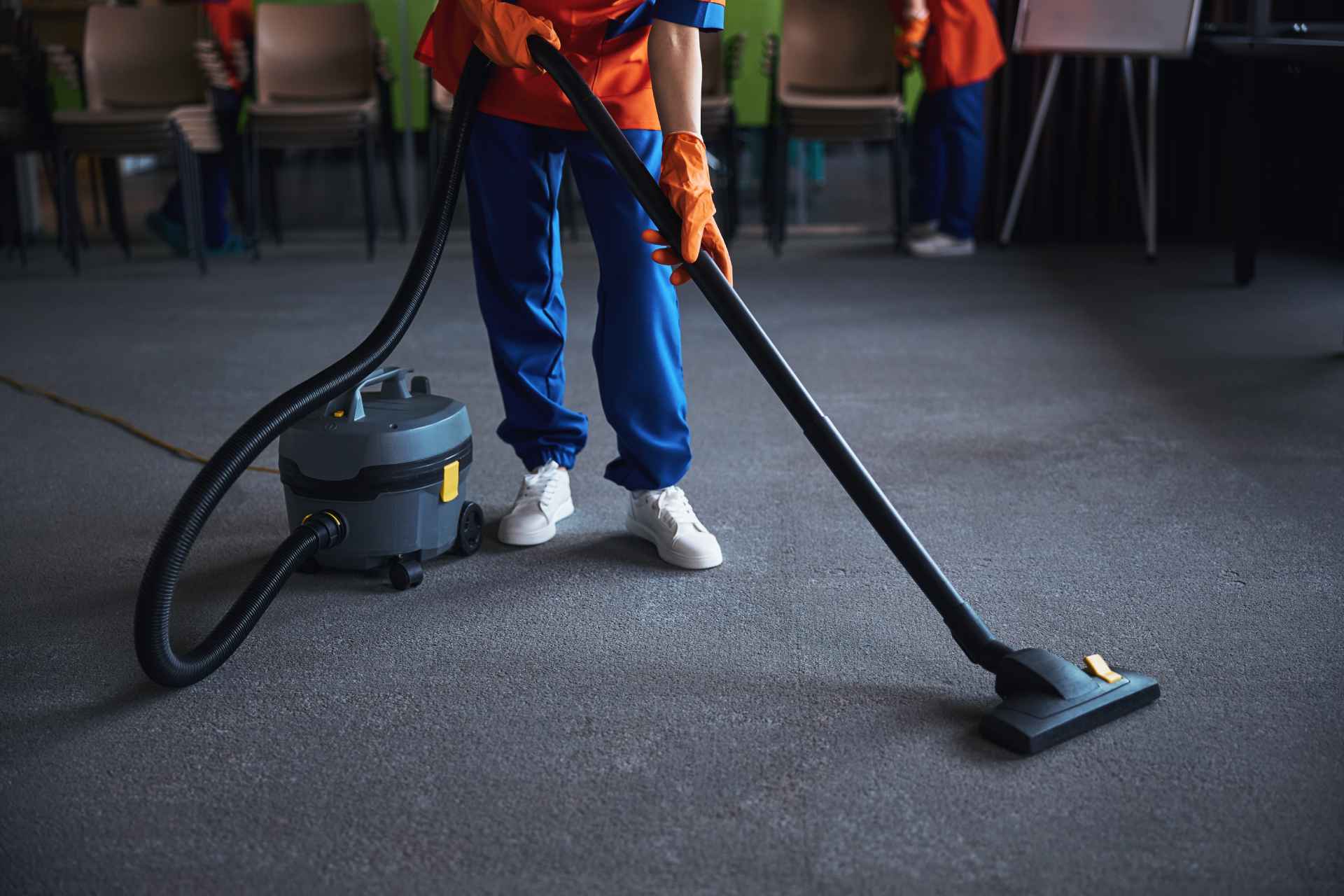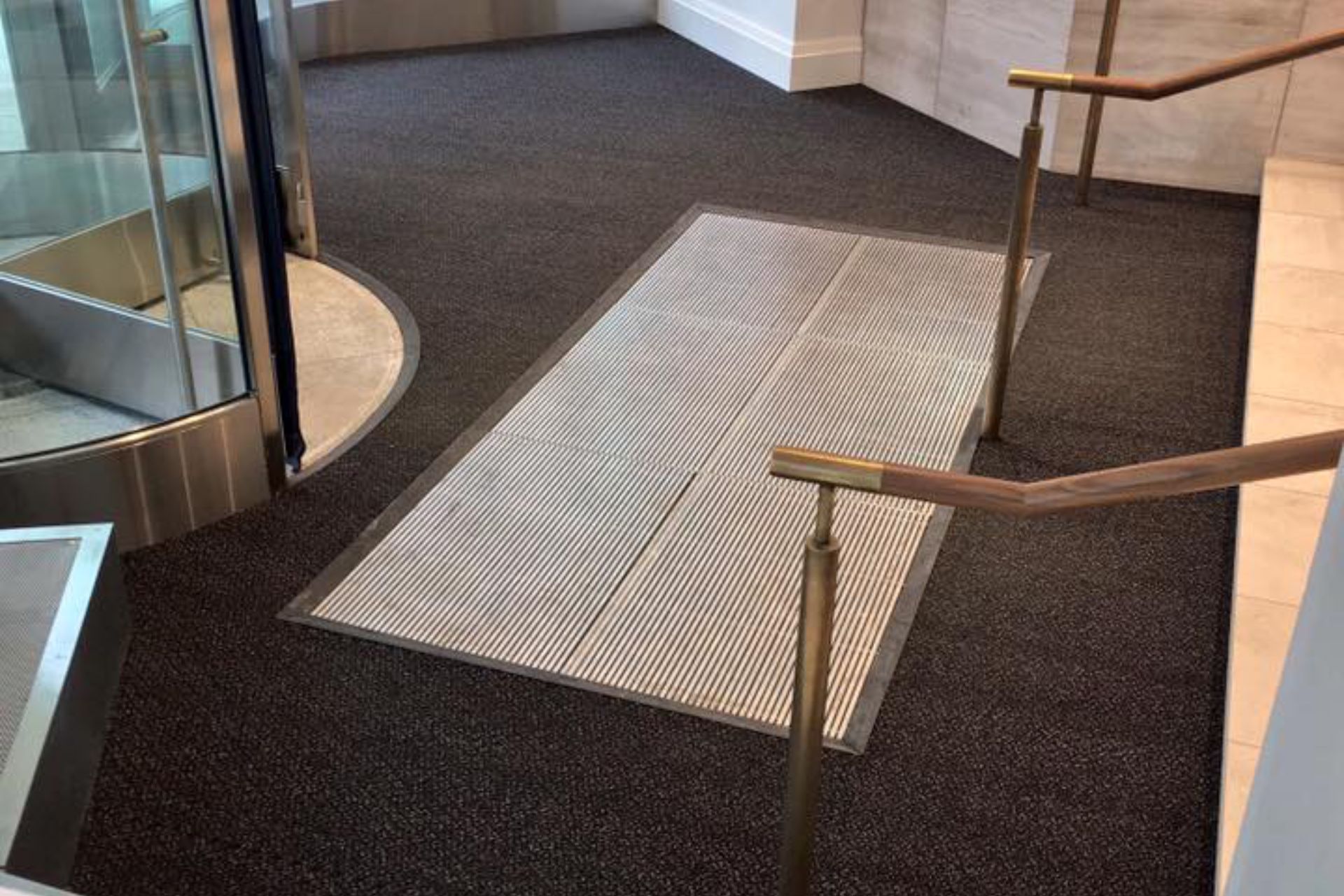Cleaning, sanitizing, and disinfecting are routine tasks for any business or home. If you are using household cleaning products or industrial cleaning supplies, it is important to know the distinct differences between these methods.
What is the Purpose of Cleaning?
The primary goal of cleaning is to physically remove pathogens, grime, and organic material from surfaces or items. General cleaning is usually done with the use of water, maybe a cleaning chemical, and the physical act of scrubbing. Cleaning alone does not eliminate bacteria, viruses or fungus. However, cleaning can help with reducing asthma symptoms by removing dust, molds, irritants, and allergens. Cleaning also disturbs the environment that allows germs to survive and reproduce. Ideally cleaning should be done before sanitizing or disinfecting because it increases the effectiveness of each action. Common cleaning products include:
- Soaps
- Detergents
- Vacuums
- Dusters
- Glass cleaners
Sanitizing
Sanitizing a surface decreases the number of bacteria on it but does not kill or completely remove microorganisms. Sanitizing involves reducing the number of germs on a surface to a safe level. A safe amount is determined by public health regulations, criteria for a workplace, or a school.
Sanitizers are commonly used on food contact surfaces because they have fewer harsh chemicals compared to disinfectants. Sanitizing also depends on your needs, for example, you may sanitize a floor using a mop, along with a chemical and water. This can be an appropriate sanitizing level for your needs.
Disinfecting
For hard and solid surfaces, disinfecting chemicals eliminate 99.99 percent of bacteria. Common disinfectants are bleach and alcohol solutions. To rid a surface of germs, you would need to keep the disinfectant on the area you are disinfecting for a particular amount of time. Disinfecting is one of the most dependable methods of preventing the transmission of infection and germs. Since disinfecting solutions contain harsh chemicals, overuse and misapplication of these items are a major public health and environmental concern.
Which surface and Objects do I need to clean and disinfect?
To prevent transmission of illness, clean and disinfect frequently touched surfaces and items on a regular basis. Countertops, doorknobs, faucets, toilet handles, and light switches are examples of such items most used in a workplace.
How can I safely clean and disinfect?
When using cleaning and disinfecting products, it’s important to use caution:
- Keep them in the original containers and always follow the directions outlined on the label.
- Cleaners and disinfectants should not be mixed unless the labels say it’s safe.
- Check the label if it’s required to wear gloves and/or eye protection when using the item.
- If you ingest, inhale, or get any of the substances on your skin, either follow the label recommendations or seek medical attention.
The Difference
The terms cleaning, sanitizing, and disinfecting are often used interchangeably. However, there are major differences between the 3 terms. Cleaning involves removing dirt, dust, and other soils from surfaces. Sanitizing removes bacteria from a surface, but does not kill them and disinfecting kills almost all harmful bacteria and viruses from a surface.






